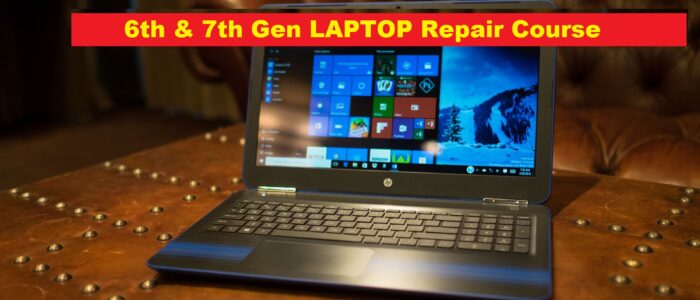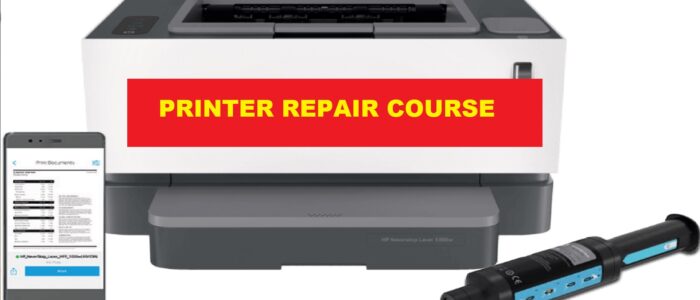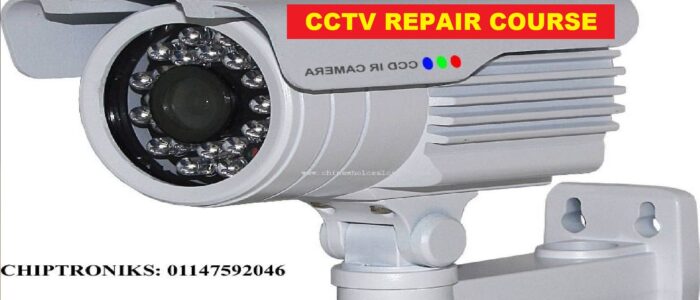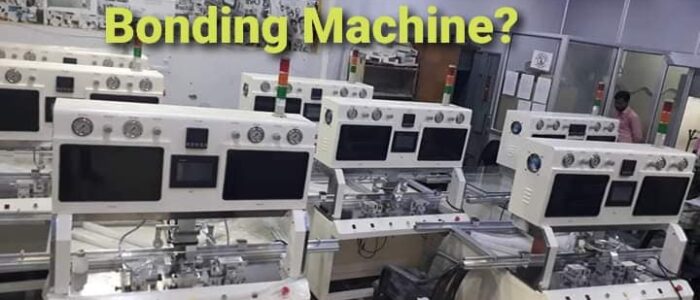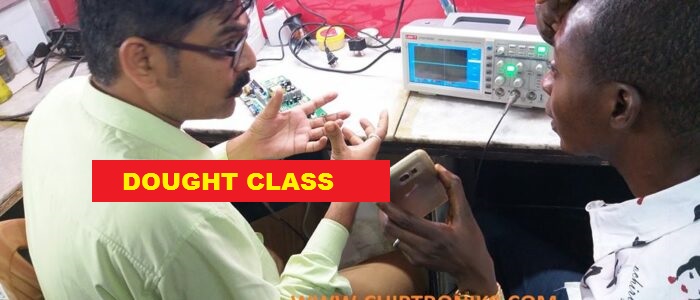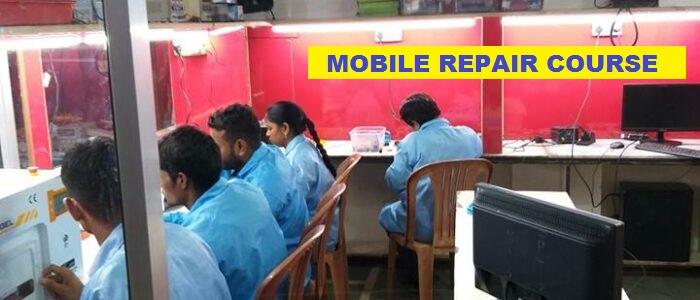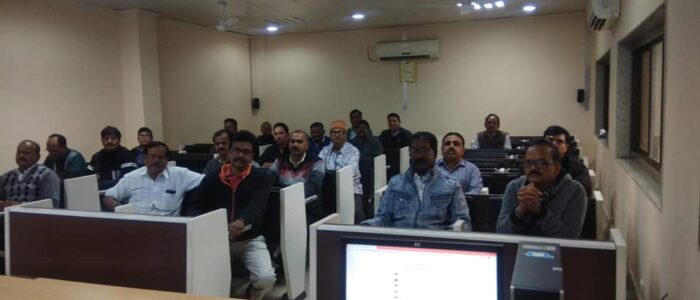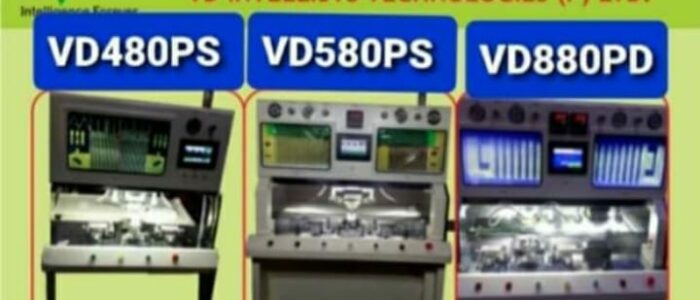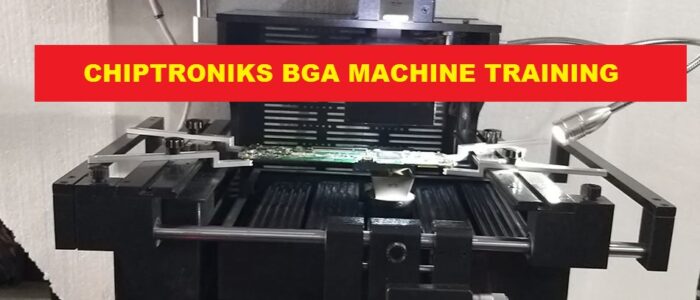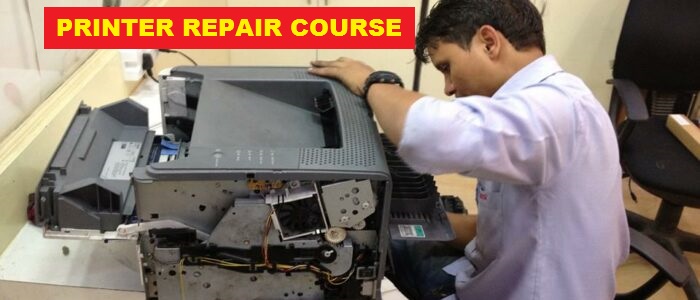Notebook Embedded Controller Introduction
Today in this article I will discuss a very important topic of Notebook Embedded Controller which is a key element in laptop repairing.
The position of the BIOS (Basic Input / Output System, basic input output system) in the entire system is very important , which implements the underlying hardware and operating system, the upper North bridge. For Example for copying a file from the CD to the hard drive, we need to know, “copy and paste” command, we need not require exactly how to read from the CD, and then how to write to the hard disk. For the operating system, BIOS also only need to issue commands to, without having to know how to read the disc, a hard disk is how to write. BIOS build the operating system and underlying hardware bridge.
And we usually say the BIOS settings which mean its software settings, such as setting the boot order, disable / enable some features and so on. But there is a problem in the hardware, BIOS is how to achieve it? After all, the software is running on the hardware platform, right? So we must mention Embedded Controller .
EC (Embedded Controller) is a 16-bit microcontroller, which itself has a certain capacity within the Flash to store the EC code. EC’s position in the system, not inferior to north and south bridge, the system is turned on in the process, EC controls the vast majority of important signal timing. In notebook, EC is always open, whether you are in the boot or shutdown state, unless you completely remove the battery and the Adapter.
In the off state, EC to keep running, and waits for the user’s boot information. In the boot, EC even as a keyboard controller, charging indicator light and fan control equipment, and it even controls the system standby, hibernation state.
The EC now has two architectures,:
(A) that the BIOS FLASH via X-BUS received EC, and EC southbridge through the LPC received, generally this case the EC code is also placed in FLASH , that is, and BIOS share a FLASH.
(B)The right is relatively new architecture, EC and FLASH together received LPC bus, generally only uses EC internal ROM. As for the LPC bus, it was originally intended to replace low INTEL behind the launch of X-BUS bus standard.
For more details on laptop repairing course , you can contact our chiptroniks
For more Information Join our FaceBook Group : CHIPTRONIKS


